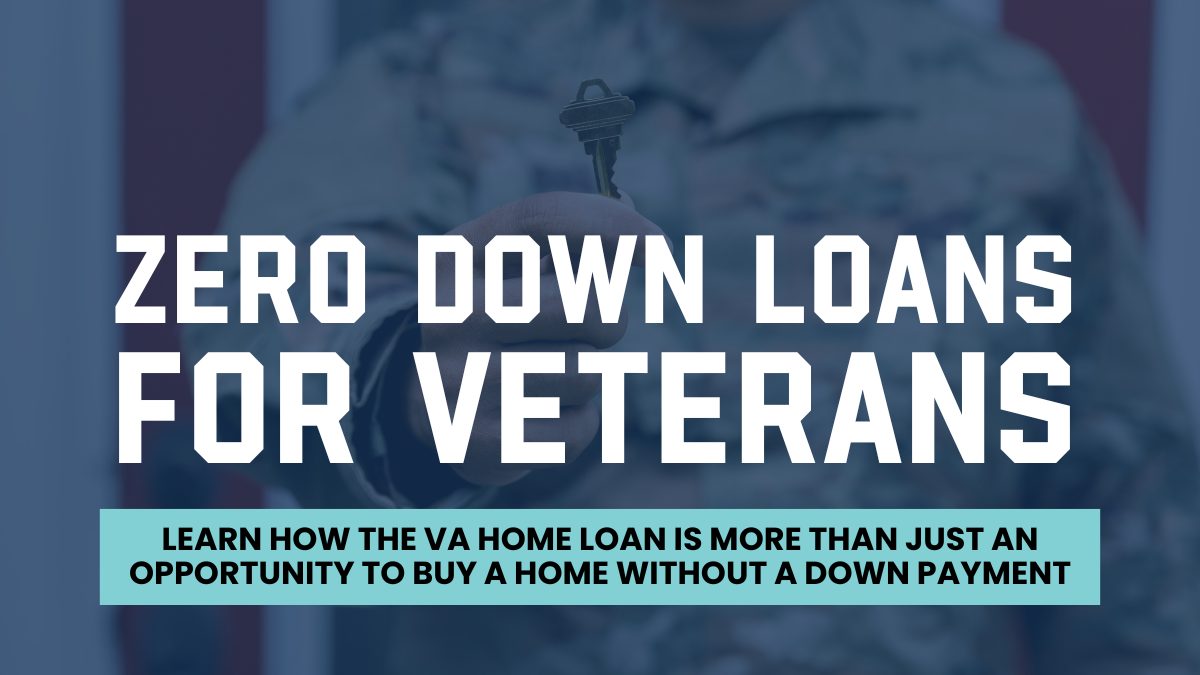The Basics
Applying for a home loan and frustrated by seeing different credit scoring results on every app or monitoring tool you’re using? We get it. Credit is a tricky beast. When requesting a line of credit – for a home loan or even a store credit card – your credit is one of the first things lenders will need to see. Lenders use credit scores as a tool to assess your creditworthiness. This is important because it shows the lender if you are a good risk to lend money to.
If your credit shows you have a good history of paying bills, you look like a good risk, and the lender will be more likely to approve the loan. If your credit paints the picture, you are not a good risk, lenders will have more stringent requirements or deny your loan. So where do these credit scores come from? Let’s take a look at credit scoring models and how they determine these scores.
Credit Scoring Model 101
Credit scores are calculated using scoring models that look at your credit from all angles. From payment history to how long you’ve had open lines of credit. The FICO and VantageScore are two of the most commonly used credit scoring models in the United States. Both of these models put a number or a score to your creditworthiness, but there are some key differences between the two.
One of the main differences between FICO and VantageScore is the range of scores. FICO scores range from 300 to 850, while VantageScore 3.0 scores range from 300 to 850 and VantageScore 4.0 scores range from 300 to 900. This can mean you may see a different credit score depending on different credit monitoring apps, bank apps, and applications. You may even see a difference between the scores a lender pulls and what your apps show.
Another difference between the two credit scoring models are the factors that are weighed when calculating your credit score. FICO scores are based on five main factors: payment history, amounts owed, length of credit history, credit mix, and new credit. VantageScore 3.0 and 4.0 both use six main factors: payment history, age and type of credit, percentage of credit limit used, total balances and debt, recent credit behavior and inquiries, and available credit.
Breaking it Down
Now, you might be asking yourself, which credit scoring models do mortgage lenders use? Does it matter? Is one going to give me a better chance of getting a home loan?
Our best advice is to not sweat the details of the models themselves too much. It can be frustrating to see inconsistent numbers when you are building your credit. The good news is, tracking one score or the other isn’t going to make or break your application outcome. Regardless of which scoring model, the same general information is going to be considered.
You can focus on making on-time payments, maintaining good standing with your accounts, and leaving the algorithmic mumbo jumbo to us. We take into account all three credit scores and use the middle of the three scores to qualify you. So even if you have one score that is lower than you’d like, it’s not going to be the only deciding factor for pre-approval. Contact us today with your questions about your credit score and pre-approval steps. We will even point you in the right direction if you have room for improvement.
Credit Scoring Models: Your Next Move
We get it, credit scoring models can be confusing. It can be frustrating to see inconsistent numbers when you are building your credit and working toward becoming a homeowner. Tracking one score over the other isn’t going to make or break your application outcome. Focus on generally increasing your scores to have the best outcome and best options. The two most commonly used scoring models, the FICO and VantageScore, are used in a range of apps and monitoring tools that you can use to track your credit. Having trouble understanding your credit report or scores? We, the experts, are here to help! Contact us today to talk about credit requirements or get started on your application and your path to home ownership.




